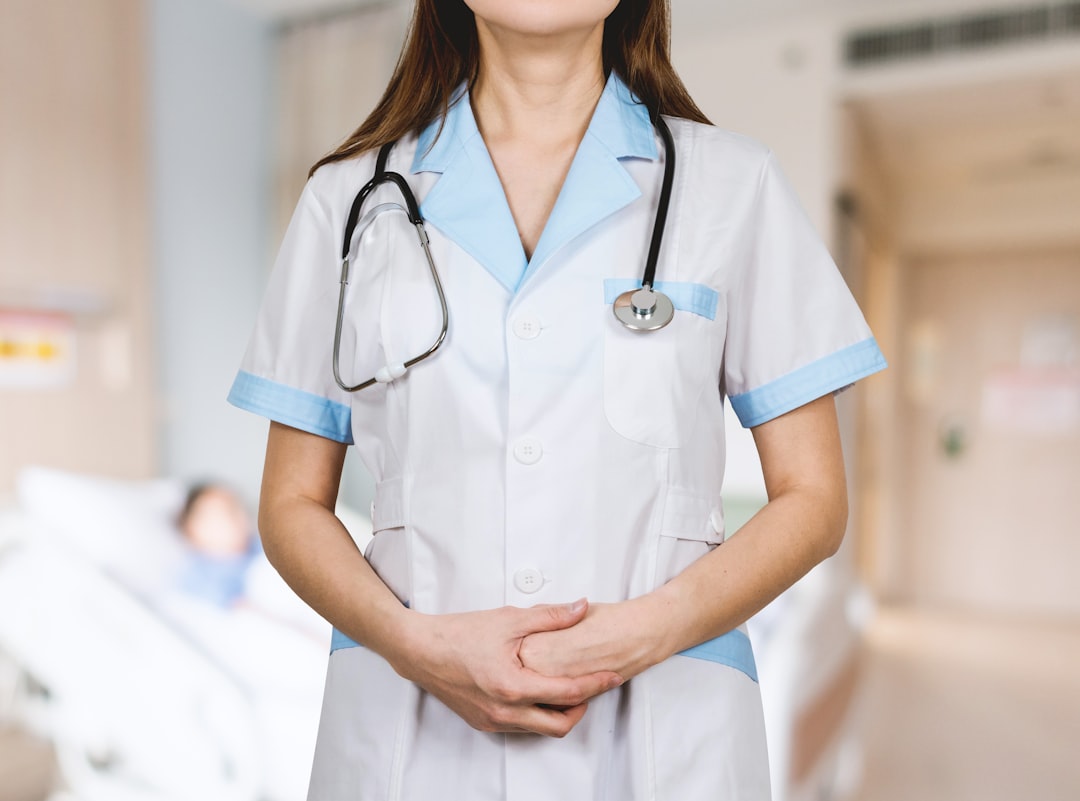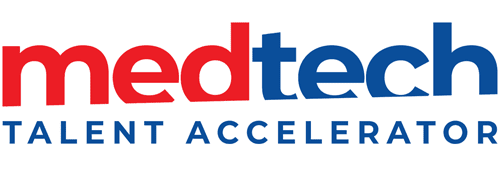VCIT Training Content

Training Content
The content delivered through the VCIT program was developed based on feedback from leaders in the medical technology industry. Thanks to our industry partners, the VCIT is able to offer content in areas that are most important to the industry providing enriching experiential learning opportunities that prepare students to become innovative leaders within the sector.
The VCIT program content is structured into four components:


Healthcare System and Approaches: Self-Paced Modules
| Module | Description |
| Healthcare Jurisdictions | What are the various types of healthcare ecosystems, implementation processes, different levels and their interaction. Focus on North America and Europe |
| Procurement Process | Understanding the Medical Technology Procurement Processes |
| Healthcare Flow Management | Understanding how the healthcare system is managed within healthcare facilities to achieve optimal functioning. Include: Patient transitions, Workflow/ bedflow management, acute to post-acute |
| Innovations and Trends | Understanding the current trends observed, and the processes of implementing and adaptation to new innovative MedTech and Healthcare Technology |
| Social Determinants | Understanding the factors that affect the MedTech Industry |
| Validation and Commercialization | Understand the role of Healthcare practitioners in validating and commercializing medical technologies |
| Diagnostics/ Labs | Understanding the components and functionality of Various Diagnostic Laboratories. Specialized Testing process and procedures using specialized diagnostic technology |
| Artificial Intelligence (AI) | Understanding the development, implementation and utilization of AI in the MedTech Industry |
| Privacy / Data | Understanding the processes and regulations in terms of Privacy and Data relating to the healthcare systems |
Simulation Scenarios
Students are exposed to simulation and use of technology by clinicians in different clinical scenarios for in-depth understanding of diverse aspects of a clinical setting including: interaction of an inter-professional team, decision making rationale, planned course of treatment and activation of specific medical protocols, selection criteria for equipment/ technology and deployment of equipment/ technology in the clinical setting.
Virtual Reality
It is through the Mixed Reality component that the VCIT trainees have an opportunity to virtually explore different clinical settings and better understand the physical flow of these spaces.
Our virtual format equipped with VR/AR component, gives trainees a life-like experience without the logistics of physically having trainees in these settings allowing new science and engineering talent from all over the province to receive the same experience and qualification.
Eliminating the logistics of having trainees in busy operating rooms, including issues around patient confidentiality, limitations around number of trainees that could be present in the operating room, training and personal protection equipment, allows for higher output of skilled professionals through VCIT, benefiting and allowing us to qualify a larger number of new science and engineering talent supporting the quickest path to employment opportunities for this in-demand industry.
Clinical Exchange
The Clinical Exchange component includes live monthly seminars with clinicians focused on presenting technologies used in their practice where VCIT trainees have an opportunity to interact with clinicians and understand ‘pain-points’ and current gaps in the market.



